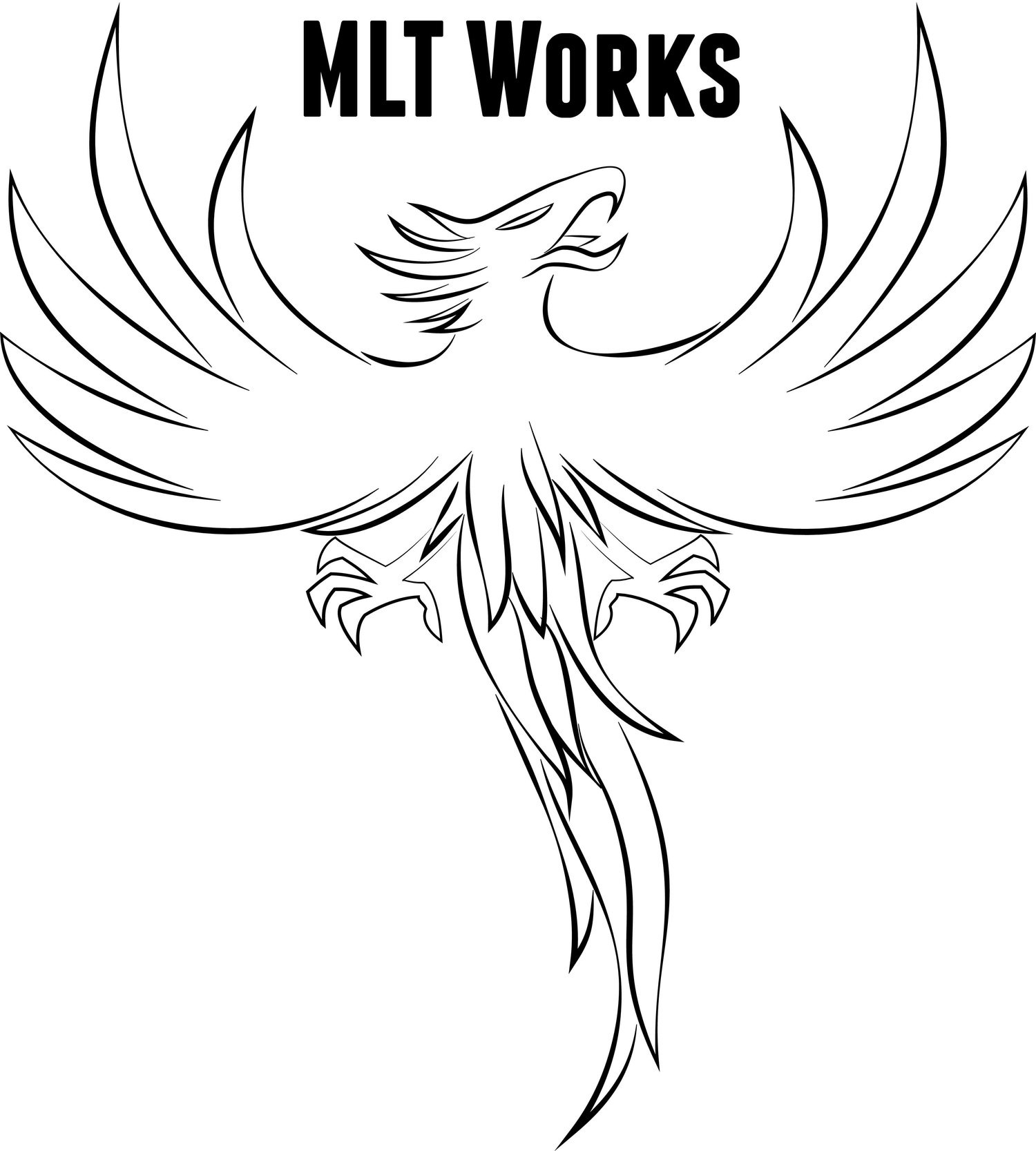My Thoughts on The Force Awakens: Storyline (Part 4 - Fathers and Sons)
I loved Star Wars: The Force Awakens. As a kid growing up watching the original trilogy on VHS back in the 80s and then watching the prequels on screen as a teenager, I was excited when I heard of three more Star Wars movies, albeit a little worried as well. After some issues with the prequels, I didn’t want to get overly excited only to be disappointed in the end. Happily, The Force Awakens did not disappoint. That being said, I’m taking to my keyboard to take a look at some of the various aspects of The Force Awakens from a literary and storytelling perspective in a series of posts. This does contain spoilers, so if you haven’t seen the movie yet and don’t want it to be ruined, then bookmark this and read it later. You’ve been warned.
The storyline of The Force Awakens follows the idea that everything old is new again. Everything that once was and has gone away is returning again. Viewing the movie with that in mind made the storyline predictable for me, but predictable isn’t always bad. The Force Awakens shows us the cyclical nature of life. The sins of the old are visited upon future generations, as are blessings. Darth Vader’s legacy doesn’t end with his death, and neither does Luke’s when he disappears.
The story of the Star Wars universe is a cyclical one of balancing of the Force. Powerful players will rise up on either side, dark or light, as needed. It’s only natural that someone like Kylo Ren would pop up after the death of the Sith Lord Emperor and his apprentice Darth Vader. After Luke disappears, there are presumably no more Jedi, so the light side is bound to awaken in someone; hence, Rey.
Now, there are plenty of throwbacks in Force that I could mention (“I’ve got a bad feeling about this” and “Noooo!” to name a couple), but I want to look some trends that show up throughout the franchise and how they impact the overall story.
“No. I am your father.”
The Star Wars saga is full of father/son showdowns. First, there’s the metaphoric showdown between Anakin and Obi-wan. They aren’t actually father and son, but Obi-wan does play a father figure to Anakin. The prequels give us plenty of insight into the relationship between Anakin and Obi-wan, which adds depth to the showdown between the two in A New Hope that we didn’t have before. The same is true of Empire Strikes Back and Return of the Jedi when Luke faces off with his father, which is then echoed in Force Awakens when Kylo Ren squares off with his father, Han Solo.
Why all the family disfunction? It has a lot to do with the nature of the showdown. Each fight is a pivotal moment in the development of the son character. It’s all about severing connections to love. For Anakin, his duel with Obi-wan on Mustafar in Revenge of the Sith is his final break from the Jedi and from any kind of love. His mother has already been killed, and feeling betrayed by Padme has broken that relationship for him. The bond between Anakin and Obi-wan is the last connection to love in Anakin’s life; therefore, severing this connection allows him to give into his hate of everything and fully become a Sith. When the two meet again in A New Hope and Darth Vader kills Obi-wan, there is no more love left in his life.
Enter Luke Skywalker. Luke’s insistence that there is still good in his father introduces love back into Darth Vader’s life. Luke’s appearance throws Vader into confusion, leading to the climactic duel before the Emperor. The duel become a pivotal moment for both characters. For Luke, this is his final test in resisting the Dark Side. By striking down his father or the Emperor, Luke would give into his hate and, as the Emperor quips, take his father’s place as a Sith Lord. He’s even helped, in some respects, by his father, who prevents him from killing the Emperor. For Vader, the duel becomes a moment of redemption as Luke’s compassion for his father shows him something he has probably not seen since he was a Jedi, some 20 years prior. The Light Side wins out as Vader turns on his master and saves his son.
And so we come to Kylo Ren and his father, Han Solo, facing off on a narrow catwalk spanning a seemingly endless chasm. What is it with construction projects and their need for impossibly deep pits everywhere? Anyway, this scene in Force Awakens didn’t have as big of an impact on me as it probably should have. I knew that Han Solo wasn’t walking off that bridge as soon as he took the first step on it. I also knew he was going down that pit, just like Darth Maul, Luke Skywalker, Boba Fett, and the Emperor. However, it was necessary for Kylo Ren to develop further. Han was his son’s last connection to the Light Side. As Supreme Leader Snoke indicated, Han would be Ren’s greatest temptation to return to the Light. By striking Han down, just like Anakin to Obi-wan, Ren solidifies his position on the Dark Side. At least until some other strong familial bond potentially shows up, presumably in Episode VIII. If this scene doesn’t take place, then Ren becomes nothing more than a whiny teenager pitching a fit, which isn’t out of the realm of possibility in the Skywalker family.
The father-son bonds in Star Wars shows the importance of that relationship. The severed bond between father and son sends one to the Dark Side whereas a strong or reconnected bond keeps one on the Light Side.
